Handicap racing: How to make class divisions in large fleets
Published on October 28th, 2014
While there may never be a ‘perfect world’ when racing under the authority of a handicap rule, events can be optimized by way of smart groupings of competing boats. In a column for Seahorse magazine, Dobbs Davis discusses the pros and cons of two approaches…
While we all would like to believe our rating system does a great job of equalizing all boats of all sizes so that they can enjoy great racing, we all know this is nearly impossible in practice on the typical inshore race course. On the short duration of a typical windward-leeward course, it’s very difficult for a 40-footer to race against a 50-footer and have a chance to find the clear air needed to sail to their handicap potential.
Therefore for inshore racing bigger is almost always better, and the real fight is to be at the top of the class to have that extra edge of speed needed to realize this tactical advantage. But not everyone can be at the top of the class, so this begs the question: where is it appropriate to make the class divisions in large fleets?
There are two ways to do this: let’s call it Lead or Follow. The rating system authority can lead by pre-defining the class splits, thereby giving guidance to fleets at all levels on how to structure their classes for their events. Or the authorities can follow by defining the classes only after examining their fleets and determining where the most logical breaks should be (usually after some political wrangling, of course), or just not take a stand at all and let event organizers do the job.
There are pros and cons to each, and often there is a bias one way or the other depending on culture.
The Lead approach is preferred by some because it imposes better structure and order to the universe: organizers have clear guidance on where to make class splits, season championships can be structured because all events have races among the same boats in the same classes, industry designers, builders and brokers all have guidance on their products to create and sell to the market, and if done correctly the classes will each have better racing than if there was no structure. Countries such as Italy seem to prefer this approach, and wish to see it made more widespread across other ORC cultures, especially when the major international championships (Europeans and Worlds) are creating class splits which do not coincide with their own.
The downside to the Lead approach is that the universal class splits may not reflect a logical division of the fleets in some local areas or may deliver very unbalanced numbers of boats in the available classes; there may be tremendous fights on where to make these splits if they are not made well or do not evolve with the change in market demand for boat types; and as the rating system adjusts and improves its ratings from year to year there may be boats forced to either speed up or slow down to stay within their class.
This is why the Follow approach looks attractive to some other cultures. In Germany, for example, the Deutscher Segler Verband (DSV) holds a meeting every winter during the boat show season where all the interested parties decide on their class splits based on the statistics of the national fleet and their ratings for the coming season. This puts the onus on the ORC to deliver the year’s VPP in a timely fashion (which is sometimes a struggle), but this structured approach does then give guidance on how to define championship events for the season and generally delivers an equal and/or reliable number of boats for each class.
Another variation on the Follow approach is to not have any central guidance at all, and leave all decisions up to individual event organizers: this laissez-faire style is common in the US.
Indeed, right now it is submissions season, when the member authorities of the ORC petition for rules and policy changes for discussion at the AGM in November… this is a perennial issue that will undoubtedly arise again this year. The International Technical Committee weighed in with their opinion on defined class splits at the last AGM after a submission made last year, but these were not (certainly as yet) adopted… perhaps they will get another look this year.
But the issue of fleet division is an important one, with wide ramifications. There is renewed interest in new designs and new builds as the economic crunch starts to ease and so the calls for guidance grow louder. These calls also include an appeal for stability so that the investments made are not for naught.
ORC also has several level-rating classes, which were used until recently to promote tight racing among like boats of like size. The economic conditions of recent years have undermined the support for the expensive programs normally associated with these classes, but now there is also some revival in interest for their re-tooling.
For example, since ORC has the web-based administrative system already in place to issue HPR certificates, and there is compatibility in measurement between HPR and ORCi, then it may be possible to help define a new HPR 40 class using ORCi ratings for boats which can fit in whatever box is deemed appropriate to enjoy good class racing with minimal handicap variation: an approach similar to how the TP52s and IRC 52s remain compatible.
With the plethora of new 40-foot designs that are now out there, this may in time yet prove a means to have them find a common international home.
NOTE: This column was re-published with permission from Seahorse magazine. Information about Seahorse can be found HERE.


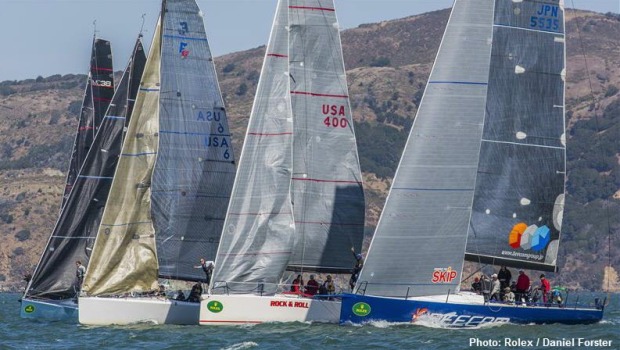


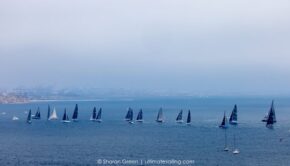
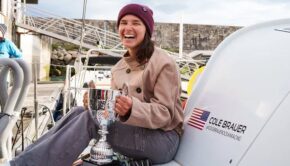
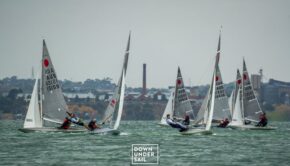
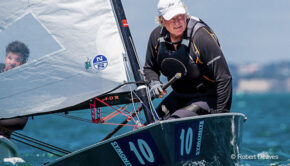
 We’ll keep your information safe.
We’ll keep your information safe.